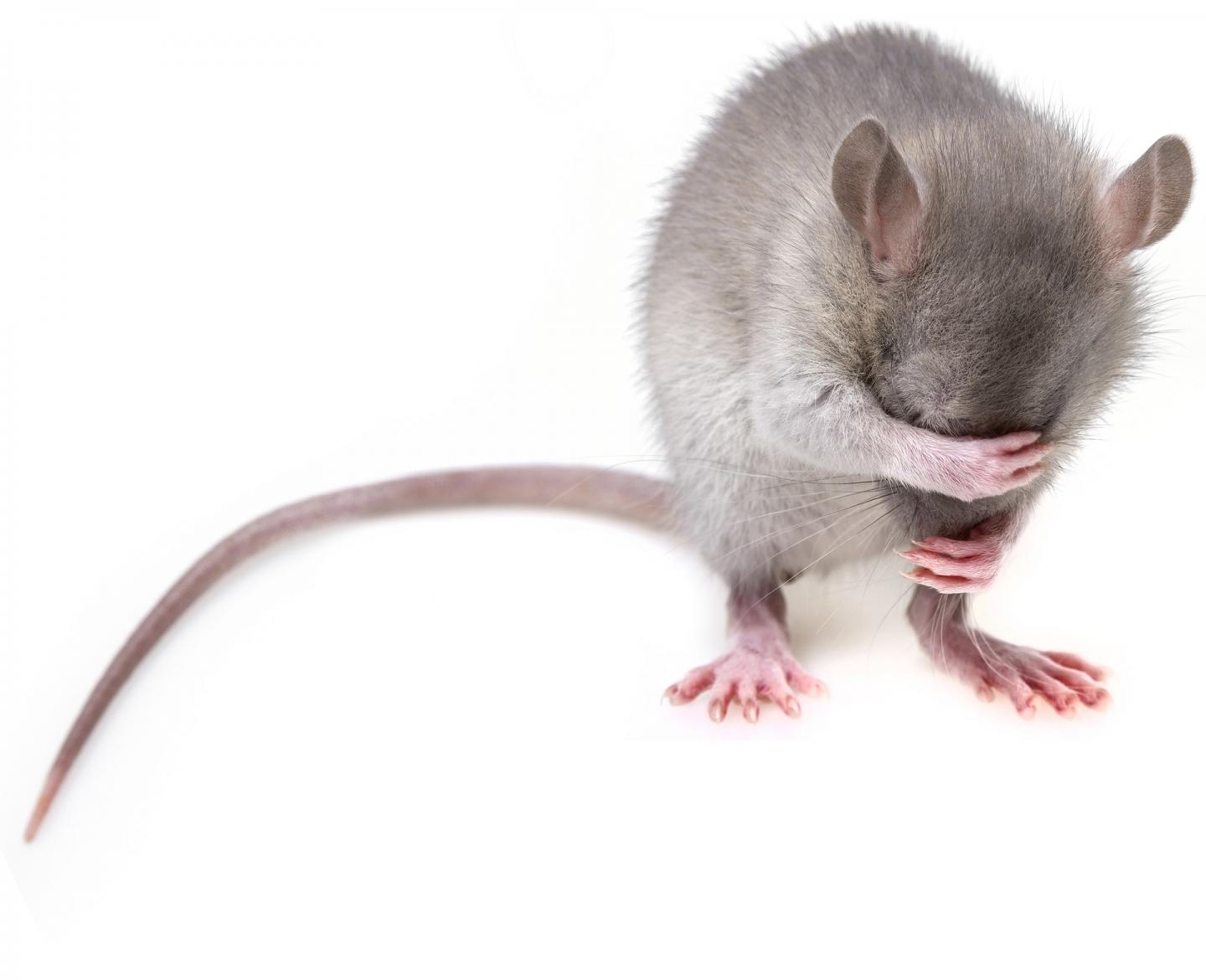
Credit: Photo credit: sibya via Pixabay
What makes a biological clock tick? According to a new study from U of T Mississauga, the surprising answer lies with a gene typically associated with stem and cancer cells.
In the first study of its kind for the field of circadian biology, UTM researchers used RNA
sequencing to observe the expression of genes in the suprachiasmatic nucleus (SCN), a tiny
region of the brain’s hypothalamus region that governs the biological clock in mammals. Their
findings pinpoint a gene that appears to regulate the biological clock and act as “master control”
of the central circadian pacemaker.
Previously, the researchers were studying Period2, a gene found in the SCN, and were surprised
to observe that another gene known as SOX2 was also present in the same area. “We noticed that
Period2 was always expressed in the same population of cells as those that are expressed in
SOX2–the biological clock was one of the major brain regions where these two genes
overlapped,” says Hai-Ying Mary Cheng, associate professor with the Department of Biology
and Canada Research Chair in Molecular Genetics of Biological Clocks. “This is interesting
because SOX2 is usually expressed in stem cells and in cancer cells, but we usually don’t find it
in large amounts in healthy adult brains or in neurons. We wondered if it might have a function
that no one has previously thought about.”
“Our research focuses on the basic understanding of how the biological clock organizes itself,”
says lead author and PhD candidate Arthur Cheng (no relation). He notes that events such as
shift work, jet lag and travelling between time zones can disrupt circadian rhythms in humans.
“This can have a negative impact on health. Disrupted circadian rhythms are thought to be
associated with health issues like fatigue, cancers, heart attack and stroke.”
Using mouse models that were missing the SOX2 gene, the researchers observed rodent
behaviour under controlled environmental conditions. “A normal mouse with a functioning
biological clock will start running on its wheel when the lights go off and will run through the
night,” says Arthur Cheng. “They stop and go to bed when the lights come on, but when we
knock out SOX2, the mice don’t seem to know what they’re doing.”
“It’s like their clock is broken or wonky,” adds Hai-Ying Mary Cheng. “It’s not telling time
properly.” The mice missing SOX2 also displayed weak running activity and irregular sleeping
patterns. “It was as if they were chronically jet-lagged,” Arthur Cheng says, noting that the mice
also had trouble adapting to new schedules. “They lost their rhythm, even with a small
manipulation of light exposure,” he says. “Adapting to jet-lag is built into our biological
clocks–that’s how we can survive intercontinental travel. But the mice missing the SOX2 gene
lost their ability to adapt.”
“When we knocked out SOX2, we observed great changes in different gene networks in the SCN
that were very important to its neural network functions,” says Hai-Ying Mary Cheng. “We think
that instead of regulating a single gene, SOX2 is coordinating the expression of many, many
genes, and contributing to the function of the SCN as the master regulator of the circadian
pacemaker.”
###
The study was published in the March 2019 issue of Cell Reports. Research funding was
provided by Canadian Institutes of Health Research and the Natural Sciences and Engineering
Research Council of Canada, NSERC Tier II Canada Research Chair in Molecular Genetics of
Biological Clocks and the Canadian Foundation for Innovation John R. Evans Leaders Fund.
CONTACT:
Associate Professor Hai-Ying Mary Cheng
Department of Biology
Office: 905-569-4299
Lab: 905-569-5689
[email protected]
Arthur Cheng, PhD Candidate
Lab: 905-569-5689
[email protected]
Blake Eligh
Staff Reporter, U of T Mississauga
905-828-3983
[email protected]
Media Contact
Blake Eligh
[email protected]
Related Journal Article
http://dx.




